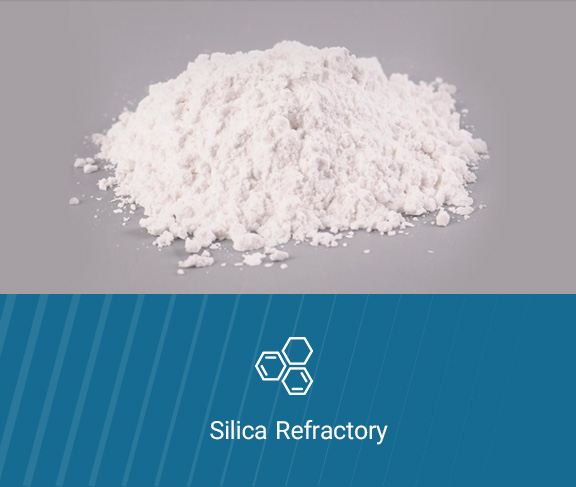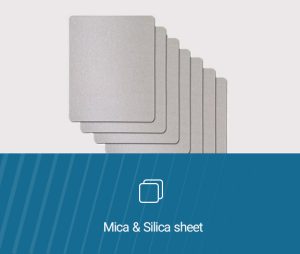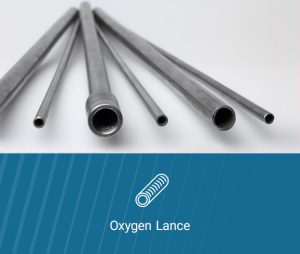Silica Refractory
Parto Gostar Yazd Company

Silica Refractory
Refractory soil is a term used for some refractory soils. These soils are commonly used in the manufacture of refractory bricks.
In ceramics, refractory soil is said to withstand at least 2 degrees Celsius. These soils contain about 2 to 5 weight percent of aluminum oxide (1 to 2 weight percent of silica and 2 to 5 weight percent of volatiles, most of the water being removed during baking. And have TiO۲, CaO, MgO, K۲O, Na۲O values.
![]()
Application and Characteristics of Silica Refractory Soil
Non-core induction furnaces, used today in the steel industry, have up to 3-ton capacities of 1cm thickness up to 5cm. The most common refractory wall for these furnaces is silicic acid refractory dry soil. These refractories are angular grains with a grain size of 0 to 4 mm for furnaces up to 4 tonne capacity, and zero to seven mm for furnaces above 4 tonne. The silica purity of these refractories is higher than 2.5% and the powder grains (sub-sieve-mesh) are about 2 to 5%. The most prominent sintering agent is boron oxide silica, which can also be used as a source of boron oxide. In steel smelting furnaces operating on a continuous casting machine, the use of silicon refractory soil with boron oxide binder is optimal because the time of drainage and ultimately sintering time is far less than boric acid and this is the speed of operation. To raise it.
Siliceous refractory soils generally have a good resistance to slag containing iron, silicon, aluminum and chromium oxides and other prominent features are low thermal conductivity of these masses. Therefore, silicon refractories are suitable for induction furnaces of different capacities and for the production of simple carbon steels.


